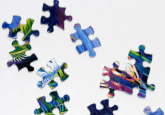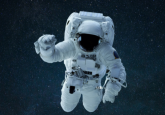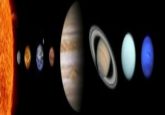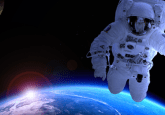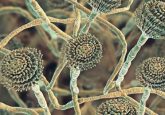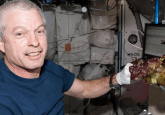Bacteria ‘shapeshift’ in space to survive
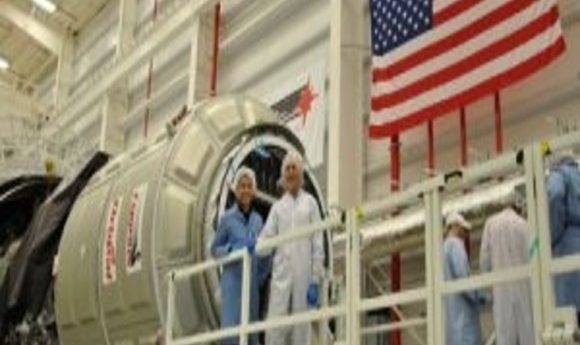
In the International Space Station, E. coli evades effective antibiotics with some surprising adaptations. How might this affect life on Earth?
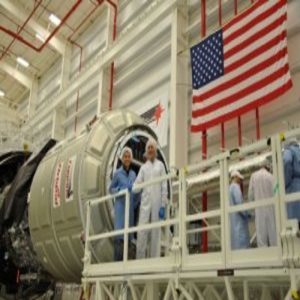
Authors Louis Stodieck and Luis Zea prepare the launch of the Cygnus spacecraft after integrating their bioastronautics experiment.
Credit: BioServe Space Technologies
Studies show that bacteria grown in space develop stronger virulence and a lower susceptibility to antibiotics compared to Earth-based controls. Now, after conducting tests in the near-weightless environment of the International Space Station (ISS), researchers found that Escherichia coli actually shapeshift in specific ways to improve their chances of survival.
“By doing biological research in space, we can unmask things that aren’t evident on Earth,” explained lead author and bioastronautics researcher Luis Zea from the University of Colorado, Boulder. “We wanted to shed light on a novel way of killing drug-resistant bacteria by observing their activity in microgravity.”
To assess bacterial behavior and appearance, Zea’s team sent E. coli in stasis to the ISS, where they were cultured for 49 hours, and then compared the ISS bacteria to matched controls on Earth. The scientists systematically analyzed the responses of ISS E. coli to different concentrations of gentamicin sulfate, a drug that combats E. coli effectively on Earth.
“As expected, we saw a higher final cell count in space at concentrations that inhibit growth on Earth,” said Zea. “But, we surprisingly discovered that an average cell in space had a third of the volume of a cell on Earth.”
Without gravity-driven forces such as sedimentation and buoyancy, ISS bacteria only ingested nutrients or antibiotics through natural diffusion, presenting a complication for treating bacterial infections in astronauts. Other changes that rendered the bacteria resistant to the drug included thickened cell envelopes, biofilm-like growth formations, and outer membrane vesicles. These factors contributed to a 13-fold increase in final cell count compared to Earth-bound controls.
“The observation of outer membrane vesicles and increased cell wall thickness following antibiotic exposure is particularly intriguing,” commented Aurélie Crabbé from Ghent University, who did not participate in this study. “Deciphering whether these bacterial phenotypes are also found in the spacecraft habitat of E. coli could inform future research on astronauts’ infectious disease risk.”
For Zea, there are two ways to approach these results. “First, we need to prepare for potential bacterial infections faced by astronauts,” he said. “Second, for those of us on Earth, we could utilize the microgravity environment to develop new solutions to combat drug resistance.”
